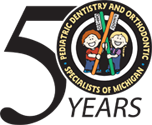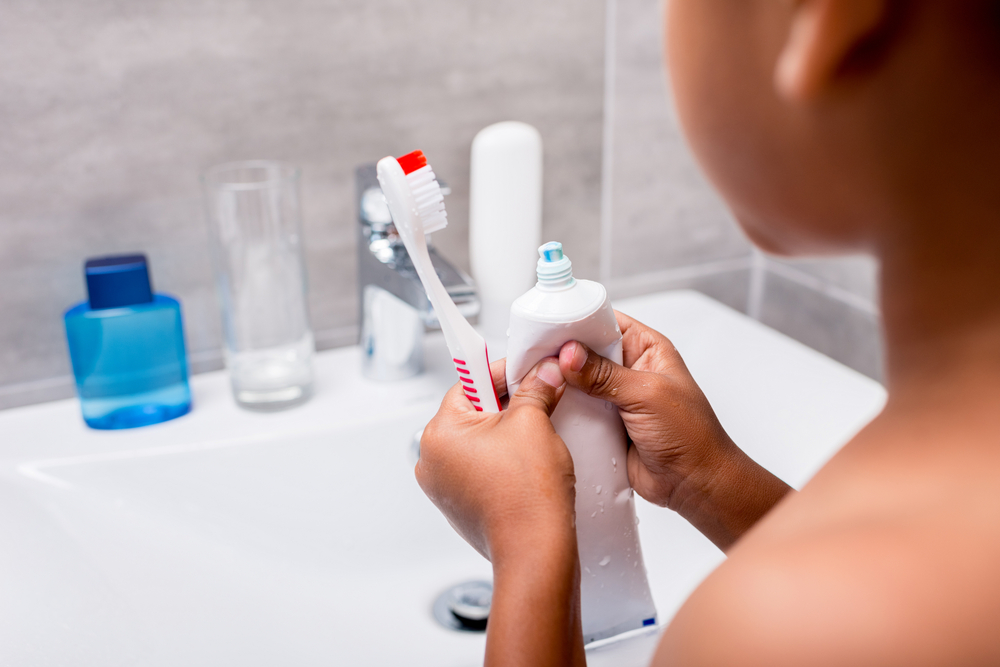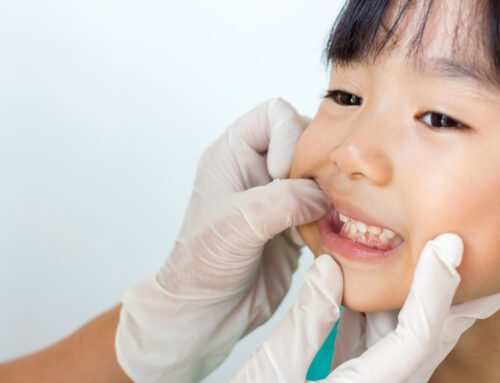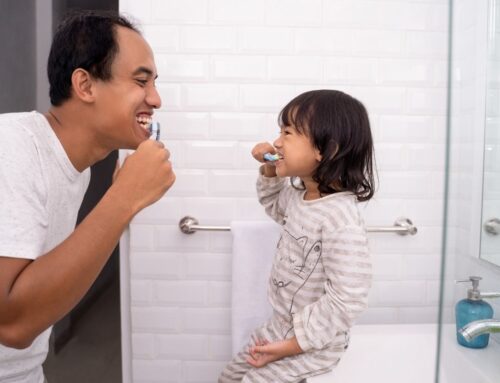How to choose a toothpaste is one of the more frequently asked questions to pediatric dentists. Dr. Elizabeth says, “The quality of your toothpaste at home can help a lot (or not) with your child’s dental health.” We’ve got a few notes for parents to remember!
Start as early, but cautiously.
As soon as the first baby teeth come out, you can start wiping those little pearls with a wet washcloth to disrupt the settling of any plaque or bacteria on hard tooth surfaces and around the gumline. This introduces good dental hygiene to your toddler while acclimating them to sensations unique to performing oral hygiene. The American Academy of Pediatric Dentistry advocates for introducing fluoride toothpaste in extremely small quantities (smear on top of bristles) around age 1.
Explore flavors to make brushing – and toothpaste – enjoyable.
Mint or herbal flavors adults love aren’t a big hit with most kids. Toothpaste comes in delicious kid-friendly flavors now. If your child is picky, you can try them all out to discover what he/she likes, including flavorless toothpaste.
Always choose fluoride toothpaste.
Dr. Elizabeth says, “It doesn’t matter what flavor it is – so long as it has the ADA recommended amount of fluoride as an active ingredient to prevent tooth decay. Fluoride becomes integrated in the material of enamel and has been shown in public health research to strongly inhibit the formation of cavities, which is the number one most common disease of childhood.”
Your child may need more fluoride in his/her toothpaste.
Consult your pediatric dentist as to whether or not your current toothpaste provides the fluoride your child needs. Certain dental conditions like a history of cavities, poor dental hygiene, enamel hypoplasia (having less enamel than normal), crowding and having braces makes your child at higher risk of developing cavities. “We’d prescribe a toothpaste with an appropriate fluoride content to match your child’s need for teeth protection,” says Dr. Elizabeth.
How much to use?
Parents are familiar with the pea-sized amount by now for kids 3 and up. Younger patients, as mentioned above, can start with a thin smear on top of the bristles around age 1. These amounts are tiny enough that younger kids will not ingest any significant amount even if they swallow or forget to spit it out.
Brush at least twice a day.
Help your child get into the habit of brushing morning and night every single day. We would also recommend brushing after school to add that third time is a great idea.
If you have any questions about how to care for your child’s teeth or what products to use – give us a call or ask at your next appointment. We love to help and are experts in helping parents make healthy choices for their children’s dental health.
About Pediatric Dentistry and Orthodontic Specialists of Michigan, the offices of Drs. Plunkett, Ralstrom, Makowski, Thanasas, Ker, and Associates
Pediatric Dentistry and Orthodontic Specialists of Michigan have specialized in pediatric dentistry and orthodontics since 1968. Our family-friendly and newly renovated office gives patients and families a more comfortable and consistent experience with dentistry from the very beginning. Our pediatric dentists treat children from newborn to 18 years of age while our orthodontists provide care for both children and adults and are proud to be Premier Providers of Invisalign and Invisalign Teen services. The ability to treat all patients with compassion and individuality, including those that may have special needs reaches beyond our facility, which has treatment rooms available for children who require additional privacy and customized care options. We pioneered valued hospital affiliations to allow dental services to be performed at DMC Children’s Hospital and St. John Macomb Hospital, when appropriate or necessary, and our specialists are also proud to be on staff at Henry Ford and Beaumont hospitals.





